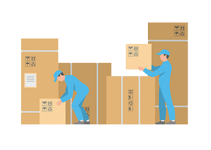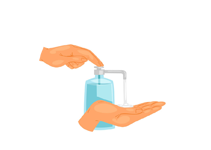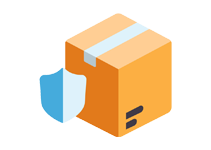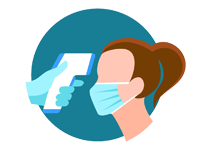Primidone
Primidone is an anticonvulsant medication primarily used to control seizures and treat epilepsy. It works by stabilizing electrical activity in the brain, helping to prevent seizure episodes. Often prescribed for individuals with epilepsy or other seizure disorders, Primidone can be used in both adults and children. It is also effective in managing tremors related to conditions like essential tremor. By controlling abnormal brain activity, Primidone improves the quality of life for those with seizure disorders.
Uses of Primidone
Primidone is used for:
- Controlling seizures in patients with epilepsy
- Treating essential tremors (tremors not caused by Parkinson's disease)
- Managing convulsions during certain types of brain disorders
- Prevention of further seizures following an episode
How Primidone Works
Primidone works by inhibiting excessive electrical activity in the brain, which is the underlying cause of seizures. It is converted into phenobarbital, a substance that helps calm brain activity and prevent the occurrence of seizures. By stabilizing nerve impulses, Primidone plays an important role in controlling the electrical signals in the brain that lead to seizure episodes.
Benefits of Primidone
The benefits of Primidone include:
- Effectively controls seizures and reduces their frequency
- Improves quality of life for people with epilepsy
- Helps control tremors in essential tremor conditions
- Offers long-term seizure management
- Can be combined with other medications to enhance its effectiveness
How to Take Primidone
Primidone should be taken exactly as prescribed by your healthcare provider. The medication is typically available in tablet form. Take the tablets with or without food, depending on your doctor's recommendation. It is important to follow the prescribed dosage to avoid side effects and ensure the medication works effectively. Primidone is usually taken in divided doses throughout the day, and the dosage may be gradually adjusted by your doctor based on your response to the medication.
Types of Dosage Available
- Primidone tablets (250 mg)
- Oral suspension (if available)
Side Effects of Primidone
Common side effects of Primidone include:
- Drowsiness or dizziness
- Fatigue and weakness
- Headaches
- Upset stomach or nausea
- Loss of appetite
Severe side effects (rare) include:
- Severe allergic reactions (swelling, rash, or difficulty breathing)
- Depression or mood changes
- Difficulty breathing or swallowing
- Unusual thoughts or behavior
Safety Advice
Before using Primidone, consider the following safety advice:
- Do not stop taking Primidone suddenly without consulting your doctor, as it may increase the risk of seizures.
- Tell your doctor if you have a history of liver disease, kidney problems, or respiratory issues.
- Avoid alcohol consumption while taking Primidone, as it may increase drowsiness and side effects.
- Primidone can cause drowsiness, so avoid operating heavy machinery or driving until you know how it affects you.
- Inform your doctor about all other medications you are taking to avoid potential drug interactions.
Frequently Asked Questions (FAQs)
Q: Can I take Primidone with other medications?
A: Primidone may interact with other medications. Always inform your healthcare provider about all the medications you are taking, including over-the-counter drugs.
Q: How long does it take for Primidone to work?
A: It may take several weeks for Primidone to show its full effects. It is important to follow your doctor's instructions and not to stop taking the medication abruptly.
Q: Is Primidone safe for children?
A: Primidone is sometimes prescribed to children for seizure control, but the dosage needs to be carefully monitored by a healthcare provider.
Q: What should I do if I miss a dose of Primidone?
A: If you miss a dose, take it as soon as you remember. If it is almost time for your next dose, skip the missed dose—do not take two doses at the same time.
Download India's most affordable pharmacy app
- Compare with medicine prices
- Save upto 90% on your medicine bills

Temperature Controlled storage and delivery

Regular Sanitization

Disinfected Packaging














 Added!
Added!